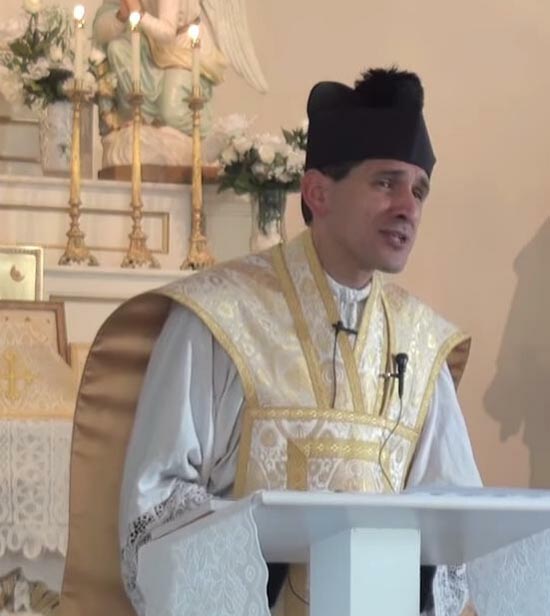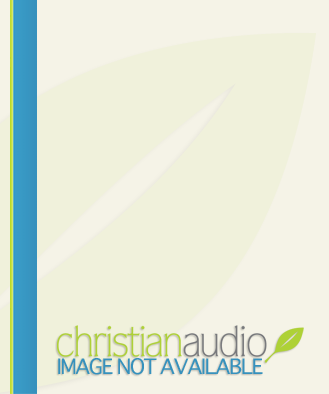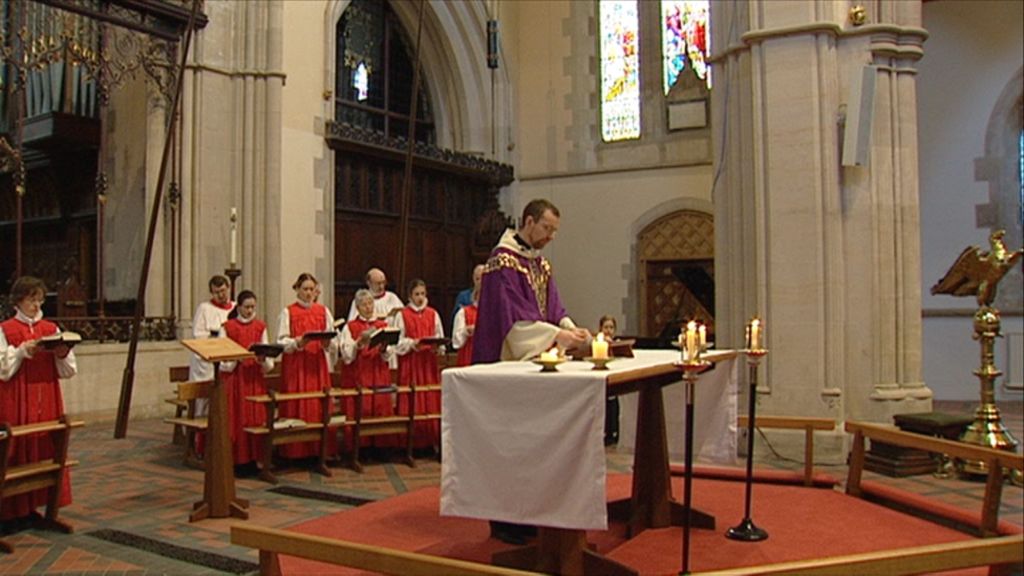Background:
I've only been encouraged that so many diocesan priests have turned towards offering the Traditional Latin Mass since Benedict XVI's motu proprio Summorum Pontificum -- the central aspect of which still cannot be denied that every Roman rite priest (and Roman rite lay Catholic) has the right to the Traditional Mass without needing any indult.
Per the Pope's teaching, that is still the case! Praise God that's been established clarified from the Chair of St. Peter back in 2007. I don't care what false version of the truth the liturgical bureaucrat modernists are now trying to force on us. I like Truth.
One such priest I admire in his actions, for example, is Fr. Michael Rodriguez who quietly explained to his Texas bishop why he could not continue to say the NO but only the TLM, based on Quo Primum and canon law, resulting in his indefinite sabbatical. A humble, obedient priest, his first obedience being to the Faith. Others have been similarly sent into exile in one way or another. I've known a few like this.
Truth be told, often the faithful do not have access to traditional apostolates like the FSSP, Institute, or the SSPX. When gas prices sky rocket, it will be that much harder to drive long distances. These diocesan TLM's then become like an oasis in the desert, and I am thankful to all these priests for the sacrifices they make. To spread Tradition throughout the mainstream as I've advocated for here many times in my own local Church.
By the way, yes we attend the SSPX when we can, and that last statement is the actual policy of the SSPX, which is largely responsible for convincing Pope Benedict to "free the traditional Mass." For it to spread everywhere, even beyond our traditional enclaves.
Yet, Francis' letter adjoining his own motu proprio Traditionis Custodes, makes it clear that the end goal of managing the TLM groups and priests is for all traditionalists to eventually return to the Novus Ordo Missae. See second to last paragraph HERE
As for me and mine, that will never happen. The Law of Non-Contradiction commands me to not compromise on what I've learned is the Truth on this subject.
The guidelines that came later are even more draconian. I read them. They could have been written by one of those thought police characters in Orwell's book 1984. Or in the film.
It is then likely, imho, that under Francis, or Francis II (an almost certainty), the Leftist regime will take it to the ultimate level and force all traditionalist societies to say the Novus Ordo, to conform more to novel, conciliar changes, that no one is strictly bound to agree with, and eventually to completely do away with the Mass of the Ages everywhere throughout the Latin Church. Even for 7 am Low Mass at a side altar monastic crypt chapel. Priests will be forced to say the TLM in their bedrooms behind locked doors.
Rumors have been confirmed that even stricter reforming changes are coming soon for groups like the FSSP, perhaps before Easter. However, apostolic Tradition being substantially unchanging, they can never destroy the Traditional Mass or Catholic Tradition.
The Question:
Yet, I sometimes wonder how can a diocesan priest continue to say the Novus Ordo, while also saying the TLM, when he knows not only that the "liturgical reform" of the 1970 missal departs from Vatican II's liturgical document Sacroscantum Concilium, but from the ecclesial, apostolic, liturgical Tradition of the ancient Church of Rome?
When every Roman rite Catholic -- including every Roman rite priest (!) -- has a right to the Ancient Mass of their Rite, in fact every single Sunday and Holy Day of Obligation. Even if they get too worked up on odd occasions about Vatican II or the like.
In my view, this comes down to rights balanced with obligations. IF in theory we don't have that right (per Pius V's Quo Primum, we do!), THEN it would follow we would have an obligation to attend and conform to the novel liturgy, or in the case of priests to say the historically novel Novus Ordo Missae.
Imagine for a moment, by comparison, that the even more ancient Byzantine rite is radically changed such that it barely resembles itself, yet Byzantine rite Catholics still have a right to their liturgy. Imposing on them a novel rite at odds with their liturgical heritage, and ecclesial Rite they belong to with its own particular customs and prayers, would be to deny their rights as Byzantine Catholics. They would be in their right to protest to high heaven, literally and figuratively. It is no different for Roman rite Catholics the last 52 years.
When we set aside all the aesthetical and rubrical changes in the Novus Ordo vs. the TLM, though important, the most fundamental difference comes down to the Doctrine of the Faith. And specifically the dogmatic nature of the Holy Sacrifice of the Mass. IF the Novus Ordo departs from the Doctrine of the Faith, on some level, THEN I am morally certain priests and laity can resist it.
I know it cannot be forbidden to take this position, as since 1970 we have Cardinals, Archbishops, Bishops, Abbots, Mother Superiors, many priests, and theologians around the world concluding that the Novus Ordo is not only a departure from reverent liturgy, but from the Doctrine of the Faith in several aspects.
Heck, even Pope Benedict came close to this position in some of his statements. Archbishop Vigano, Bishop Schneider, and Bishop Gracida come to mind, for example. Even many Eastern Orthodox bishops take this view of our reformed liturgy, generally speaking, as something at least heterodox and banal to be undone as a failed experiment. And a barrier to reunion.
Critical Studies of the Novus Ordo Missae:
This stance started when Cardinal Ottaviani (and Bacci) presented the Short Critical Study of the Novus Ordo Missae to Pope Paul VI in 1969, a study conducted by a group of traditional liturgical scholars in Rome of the the new, about to be approved missal, including Archbishop Lefebvre, one of the leading Fathers at the Council, their report having wide support of other Cardinals and Bishops. A synod of Bishops had observed in horror the experimental Mass, themselves critiqued their experience of it and the prayers/rubrics, and the majority voted to reject it!
You can read the Ottaviani Intervention, with introductions and footnotes HERE. Or order it HERE.
Many other critical liturgical studies have followed, to a great extent based on it as a primer:
LINK, LINK, LINK, LINK, LINK, LINK, LINK, LINK, etc.
Or here is a good one, written recently by a guiding light of reason: LINK
The central problem underlined by Cardinal Ottaviani, et al is that the Novus Ordo suppressed to a certain degree the propitiatory sacrificial nature of the Mass, throughout the prayers and rubrics, but especially in the Offertory and Canon (even the revised Roman Canon).
The Offertory itself is not teaching or explicitly preparing for a propitiatory sacrifice, per this critique. It is literally a pre-Christian, Jewish prayer of blessing food, with no reference to the priest offering bread and wine at an Altar of Sacrifice, to become the Eucharistic Sacrifice of Christ to save soul souls, which is essential to the Mass!
In my view, every priest should be saying the proper Offertory under pain of obeying the divine law about the nature of the Mass, which supersedes even human, ecclesial laws (like one rubric) under some conditions (see St. Thomas, Treatise on Law), even if they just say it very quietly. This is one man's opinion.
The Canon of the Mass itself, even the revised Roman Canon (Eucharistic Prayer #1) in its structure (I grew up with it, later comparing it to the traditional Roman Canon) somewhat reduces down the clear, sacramental form of Consecration, in the very Re-presentation of Calvary by the Priest on the Altar saying the words, to a vague, historical narrative of the Last Supper, ending in a newly inserted "Mystery of the Faith" proclaiming the Paschal Mystery. Per the Study. That seems clear to me (See the analysis of this -- point by point -- in the Ottaviani Intervention above, pp. 10-11, section 4).
It has been argued this is very similar to what Cranmer did in revising the Roman rite for the Anglican Church, to be a Protestant table meal. Effectively it is what we see today in Anglican, Episcopalian, Lutheran, and Methodist liturgies. Even more so since those denominations themselves have been taken over by Modernism since the 1960's, just like the true Church is now overrun by Modernism since the modernists high-jacked the Council after John XXIII died. It only took 453 years for the Catholic Church to adopt their same basic liturgical form.
What is a Priest to Do?
So, how can a priest of the Roman rite, in his diocese, who loves the Traditional Mass, still continue to say the Novus Ordo? Hard question.
Well, for one, he can study those critical liturgical studies listed above, especially the Study presented by the head of the Holy Office, Cardinal Ottaviani, to Pope Paul VI, and seriously pray about it.
Once he sees that those studies have reasonable conclusions, especially about the central prayer of the Mass, he could always petition his Bishop for an indult to insert instead the traditional Offertory, and traditional version of the Roman Canon, when he says the Novus Ordo.
In my opinion, that is one way a diocesan priest turning towards Tradition can continue, if he has objections to the liturgical reform, without having to leave the diocese (ex: for the FSSP, or soon enough for the SSPX) or worse the priesthood, and still be saying the Canon in a way that clearly teaches the Faith. The Law of Prayer determining the Law of Belief.
I would think the Bishop could be persuaded to allow this indirectly knowing that many young Tradition-minded diocesan priests are moving in this direction, or privately want to, lest they leave. They are the future. Explained well to him, he might actually lean to the same position eventually. I've heard of too many of these priests leaving the priesthood, even in my own diocese.
If the Bishop has that authority, and says sure, that's fine, just do it quietly, then the priest can order for free the traditional inserts here: LINK (scroll down). This being even more about the doctrine of the Mass, and true worship as instituted by Christ, than externals.
A lesser option, if not taking the above option, the priest could also consider saying the Novus Ordo Canon, i.e. the revised Roman Canon, in the most traditional way possible, aside from saying the rest of the Mass in Latin with chant. Even in the vernacular facing the people. Use a cross in the center of the altar, do not look into the congregation, but at the cross as if they are symbolically facing ad orientem.
He is, in my understanding, allowed to say the Canon very quietly even almost silently, the consecration very slowly and annunciated, he could bow down more than is usually done within the limits of the rubrics, hold and elevate the host in the traditional manner, and say the consecration in Latin, especially if he is doing it very quietly.
At the "Mystery of Faith," he could say it quietly and a little bit quickly, skipping over the choir singing it like Pentecostals. The way of timing the prayers and gestures in a solemn, quiet way could make more clearly that this is the Propitiatory Sacrifice more than a memorial narrative. I'm no liturgical scholar or canonist, but I've studied the rubrics in my youth learning to serve both Masses. I think it could be done pretty closely to the way the Church always did it going back to St. Peter, who some say wrote the Roman Canon.
One Catholic's analysis, for what it is worth.






